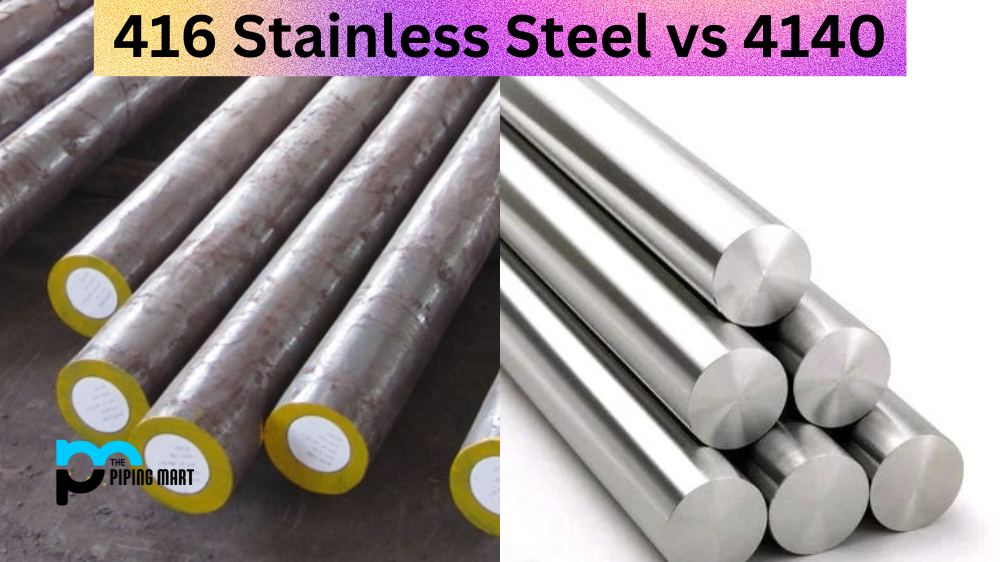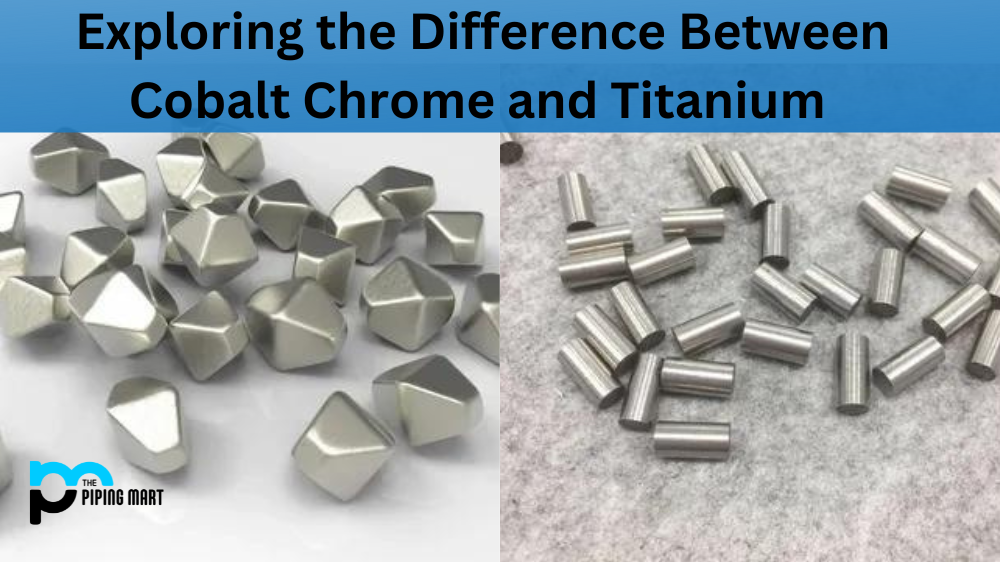Metal alloys are indispensable in manufacturing, from automobile components to aerospace engineering. Stainless steel and 4140 are two popular choices in the machining industry, known for their strength, durability, and resistance to corrosion. In this blog, we will compare 416 stainless steel and 4140 in terms of their properties, composition, and applications to help you decide which is best suited for your project needs.
Difference Between 416 Stainless Steel and 4140
Properties
416 stainless steel is a free-machining alloy that is highly resistant to corrosion. It is composed of carbon, chromium, and sulfur, which enhances its machinability and corrosion resistance. Although not as strong as other stainless steel grades, such as 304 or 316, 416 is still a considerable choice for applications that require moderate strength and exceptional corrosion resistance.
On the other hand, 4140 is a low alloy steel that is known for its excellent strength and toughness. It contains chromium, molybdenum, manganese, and carbon, contributing to its high tensile strength, wear resistance, and impact strength. Hence, 4140 is suitable for applications that require high strength and durability.
Composition
416 stainless steel contains around 0.15% sulfur, which enhances its machinability by breaking the chips into small pieces. However, this also makes it unsuitable for welding. Moreover, its low carbon content (0.15%) and high chromium content (12-14%) make it susceptible to stress corrosion cracking in certain environments.
In contrast, 4140 contains around 0.4-0.43% carbon, which gives it its strength, 0.8-1.1% chromium, and 0.15-0.25% molybdenum, contributing to its wear resistance and toughness. These properties make 4140 a common choice for high-stress applications such as gears, shafts, and axles.
Applications
416 stainless steel is used in several applications, such as pump shafts, valve components, and screw machine parts. Its corrosion resistance and machinability make it well-suited for manufacturing applications.
4140, on the other hand, is commonly used to manufacture gears, axles, crankshafts, and connecting rods. It finds extensive use in the aerospace, defence, and automotive industry due to its high strength and toughness.
Conclusion
Choosing between 416 stainless steel and 4140 requires careful consideration of your project requirements. If you require moderate strength and excellent corrosion resistance, 416 stainless steel may be the right choice. If your application requires high strength, durability, and toughness, 4140 is the better choice. Therefore, it is vital to consult with an expert in the field of metallurgy to help you make an informed decision.

A passionate metal industry expert and blogger. With over 5 years of experience in the field, Palak brings a wealth of knowledge and insight to her writing. Whether discussing the latest trends in the metal industry or sharing tips, she is dedicated to helping others succeed in the metal industry.




